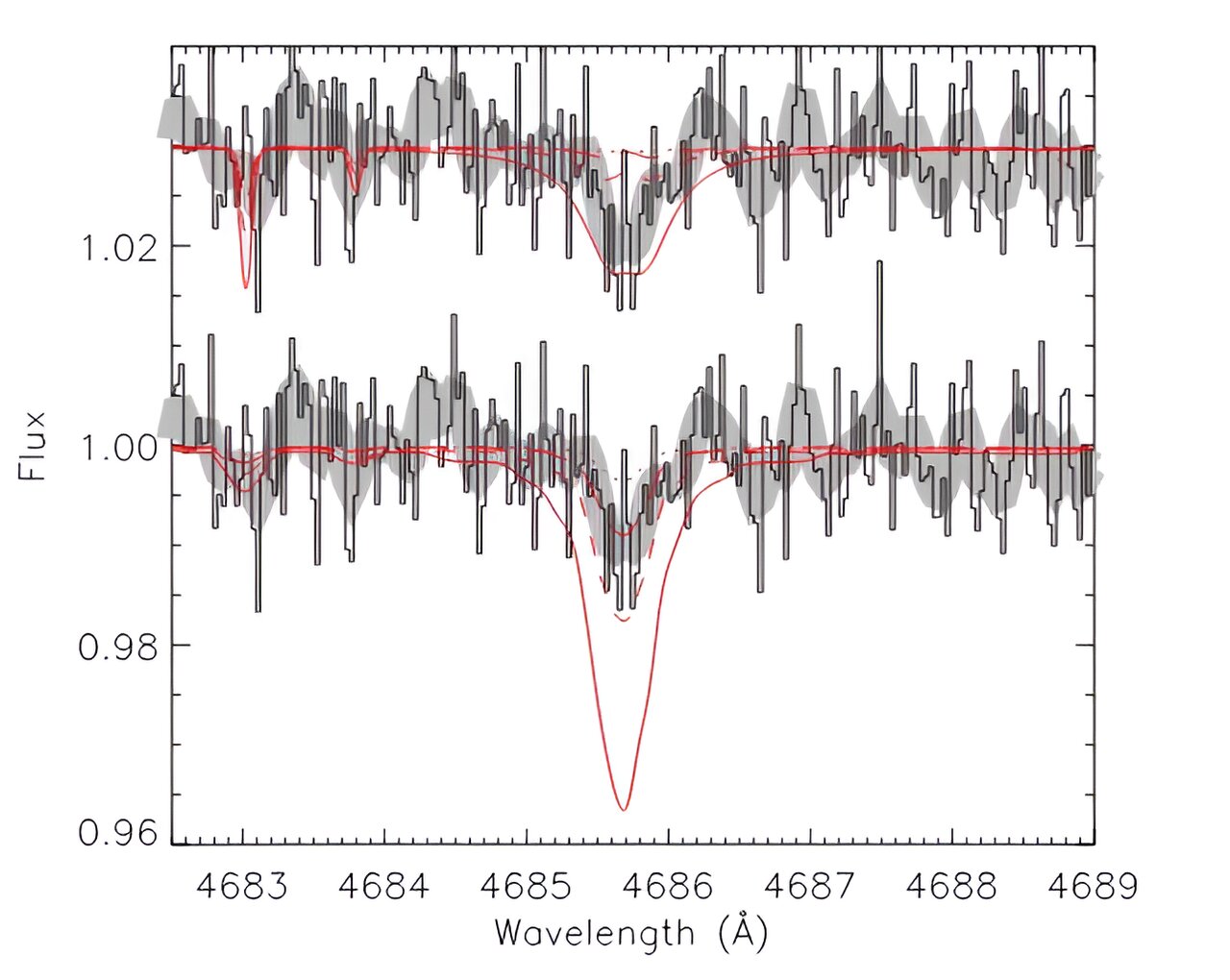Supergiant stars known as Extreme Helium (EHe) stars are larger and hotter than the sun, yet less massive. These unique stars have very little hydrogen, despite it being the most abundant element in the universe.
EHe stars are identified by distinct lines of neutral helium, suggesting low surface gravities and helium-dominated atmospheres. In addition to helium, they also contain significant amounts of carbon, nitrogen, and oxygen. The first EHe star was observed in 1942.
One of the latest discoveries is EC 19529−4430, an EHe star in the Galactic halo located approximately 15,500 light years away. With an effective temperature of 18,540 K, its surface is primarily composed of carbon-nitrogen-oxygen (CNO)-processed helium.
To learn more about EC 19529−4430, a team of astronomers led by Simon Jeffery from the Armagh Observatory and Planetarium in the UK utilized SALT’s High Resolution Spectrograph (HRS) and Robert Stobie Spectrograph (RSS).
2024-04-17 23:00:03
Original article available at phys.org
